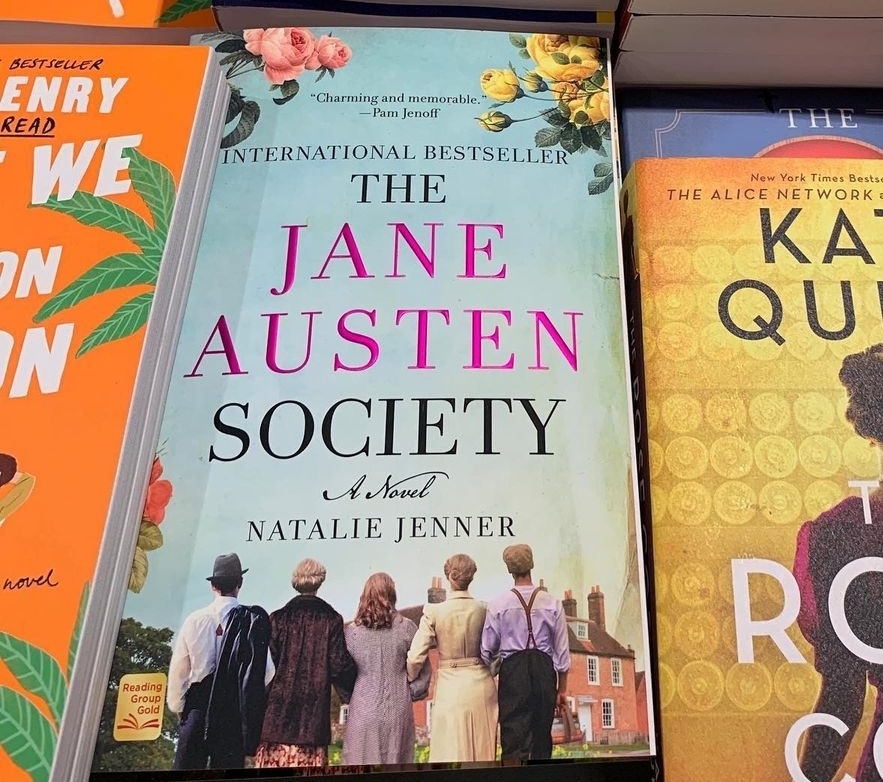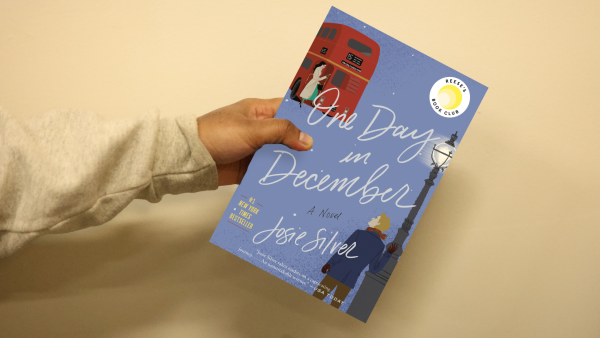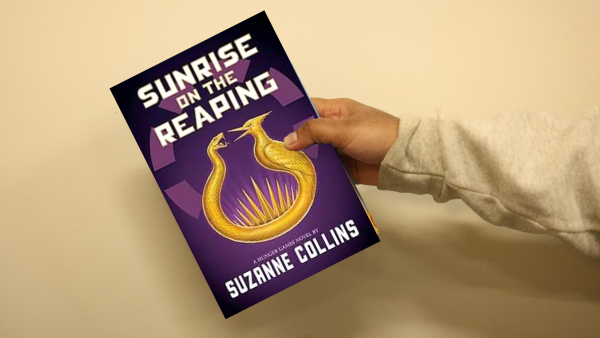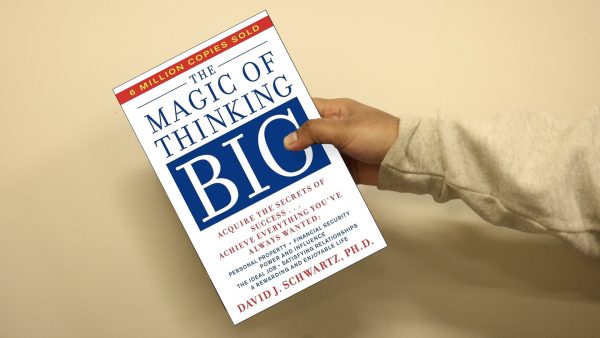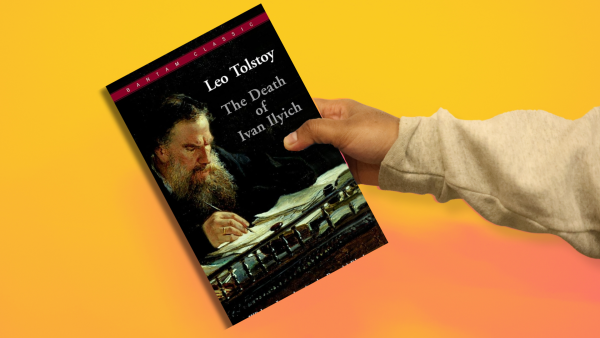“The Jane Austen Society” by Natalie Jenner
“We love Jane Austen because her characters, as sparkling as they are, are no better and no worse than us. They’re so eminently, so completely human. I, for one, find it greatly consoling that she had us all figured out.”
When I thought of Jane Austen prior to reading this book, my mind immediately jumped to some of her most notable works. I thought about how she was loved by so many, how her fanbase today is so startlingly passionate, more than 200 years after her death. “The Jane Austen Society” tells the story of this passion for Jane Austen’s works, as well as a tale of the person behind the words. In its bare bones, the author unites people from all walks of life, connected by a passion for this author and her novels.
The story takes place in Chawton, England, the resting place of Austen. The last of Austen’s descendants is about to pass, leaving Austen’s belongings and artifacts at risk to be sold and lost to the masses. To save her legacy, an unlikely group of individuals comes together to try and preserve what is left of their beloved author.
Chawton is a small, quiet town, where its 377 citizens are barely getting back on their feet in the wake of the Great Depression and the end of World War II. The atmosphere of the novel felt incredibly authentic, its dreary tone complementing the time period, especially once Jenner begins introducing the characters.
Dr. Grey and Adeline Lewis are two characters that are introduced early on, both dealing with different types of grief. We’re soon met with other characters: Adam Berwick, a poor farmer; Evie Stone, a young teenager; and Mimi Harrison, an aging Hollywood movie star. All of them emphasize the differences between the individuals that Jenner draws together.
The commonality between them?
Their love of Austen.
I appreciated how frank “The Jane Austen Society” appeared at times of heavier discussions, particularly relating to when the characters explained which of Austen’s novels they related to, based on their background and life experiences. For example, a grief-stricken Dr. Grey found comfort in “Emma” and a melancholy Adam in “Pride and Prejudice.”
It is important to note, though I never found the story lagging, this was not a plot-heavy book. While the threat of Austen’s heritage introduced itself as the driving force for the coalescence of the Jane Austen Society, I understood that Jenner’s true purpose for her novel was a love letter to stories and storytellers.
Most important of all is the fact that you do not need to enjoy Austen at all to love this book. It is irrelevant to Jenner’s purpose.
Adam said it best when he expressed his confusion at how “people like his brothers could not see this — inside the pages of each and every book was a whole other world.” For him, to escape the monotony of his own life and the decisions he was forced to make at such a young age, he “could disappear inside that world whenever he needed to — whenever he felt the outside world, and other people, pressing in on him.”
The overarching note of the novel was simple: comfort. These characters’ lives were hard and stressful at different times and in different ways. However, Jenner connected her group of wildly different characters with a simple hook. Ultimately, it didn’t matter if one was a movie star or a farmer. At the end of the day, everyone wanted to feel safe and content. Everyone reached for something that could bring them comfort, for something to spell out that “it was all going to work out in the end.” For the Jane Austen Society, their philosophy for such trying times was simple: “one can always read Austen.”



































































































































































































